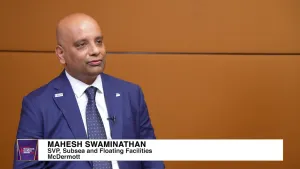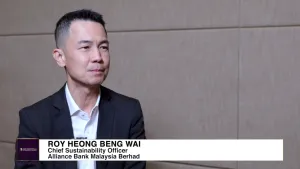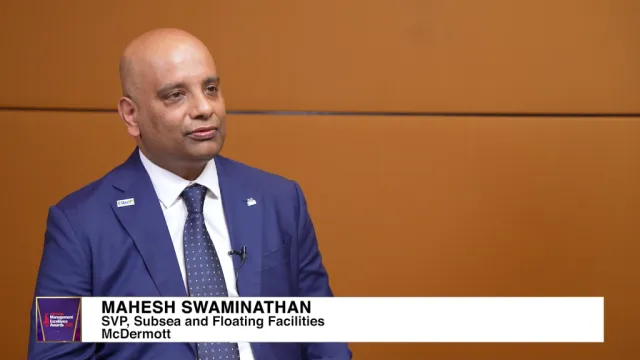
Why BNPL is booming in Southeast Asia
BNPL providers in the region now focus on strategic partnerships, business model innovation, and ecosystem development.
Buy Now Pay Later (BNPL) services have surged in Southeast Asia since its introduction in 2018, offering a flexible payment option for consumers, according to Euromonitor International.
BNPL enables consumers to defer payments and opt for installment-based repayment plans.
The report said that Southeast Asian countries such as Indonesia, Malaysia, the Philippines, Thailand, and Vietnam, boasts significant potential for BNPL providers due to their large unbanked and underserved populations.
With 76% and 67% unbanked populations in the Philippines and Indonesia respectively, and similar figures in Vietnam (47%), Malaysia (40%), and Thailand (25%), BNPL services offer an attractive proposition to fill this gap.
BNPL providers in Southeast Asia are leveraging strategic partnerships to expand their market presence. Collaborations with card operators, e-commerce platforms, digital wallets, and insurance companies have propelled BNPL services to new heights. For example, Atome Philippines' partnership with Mastercard and Traveloka PayLater's collaboration with Bank BRI and Visa have significantly broadened their user base and service usage.
To address challenges in revenue generation and profitability, BNPL business models have also undergone significant transformations. Implementing consumer charges and optimising repayment terms have emerged as strategies to enhance revenue streams and operational efficiency.
Shortening installment periods and exploring alternative funding sources, such as acquiring banks or transitioning into digital banking operations, have also become imperative for long-term sustainability.
Meanwhile, the absence of well-defined regulations in emerging markets poses challenges for BNPL players, particularly concerning credit risk.
ALSO READ: Around 7 in 10 Gen Zs in Southeast Asia prefer e-commerce
However, this environment also presents opportunities for growth, as BNPL gains traction amongst younger, unbanked, and underserved populations
“As a result, there is a strong likelihood that BNPL could emerge as the principal provider of financial products and services in these markets in the future,” the report said.
“By understanding these markets’ unique needs and preferences, BNPL players can position themselves as pioneers in shaping the financial landscape, fostering financial inclusion, and capitalising on the immense growth potential that emerges from these promising markets,” it added.

















 Advertise
Advertise







